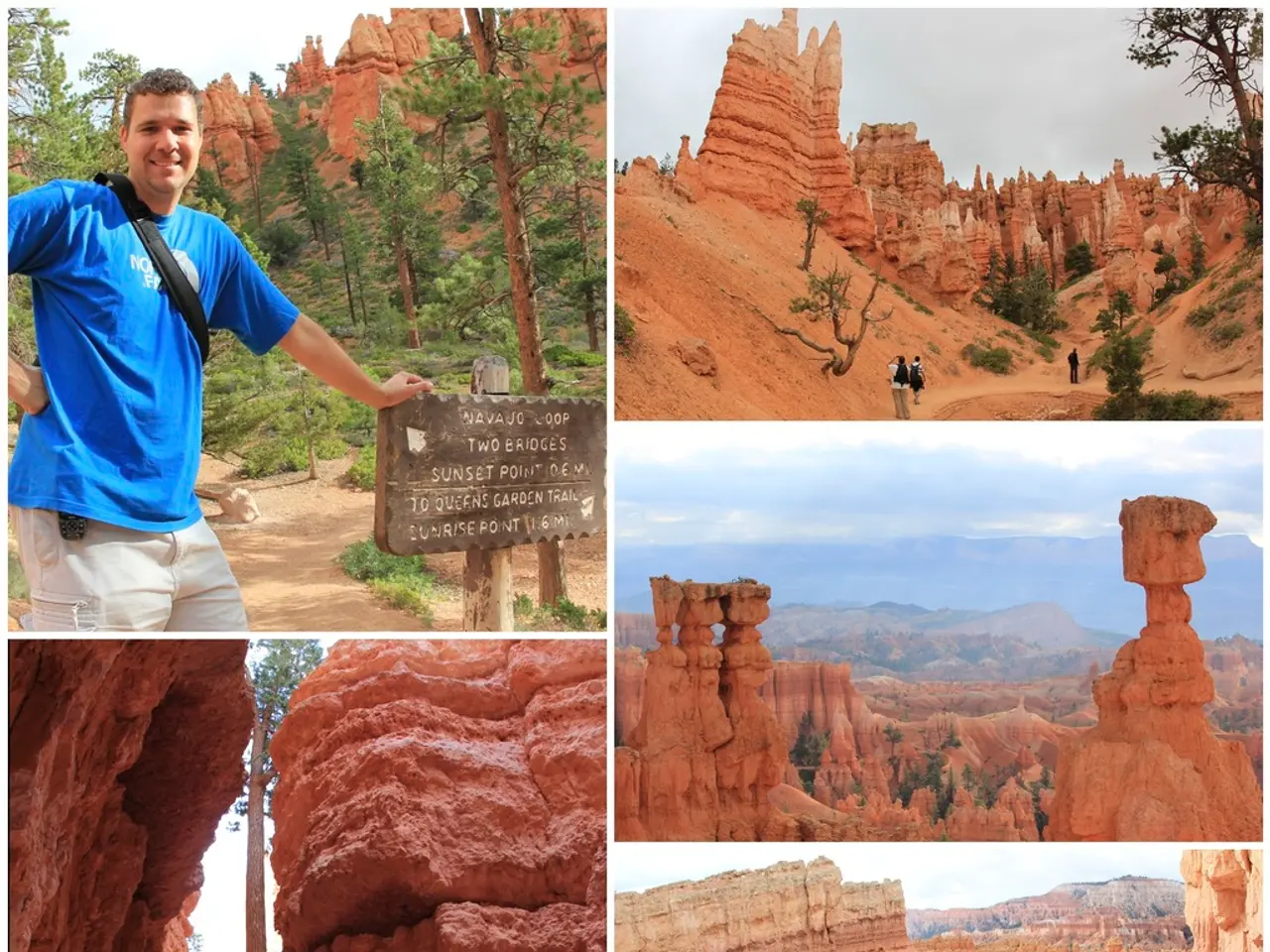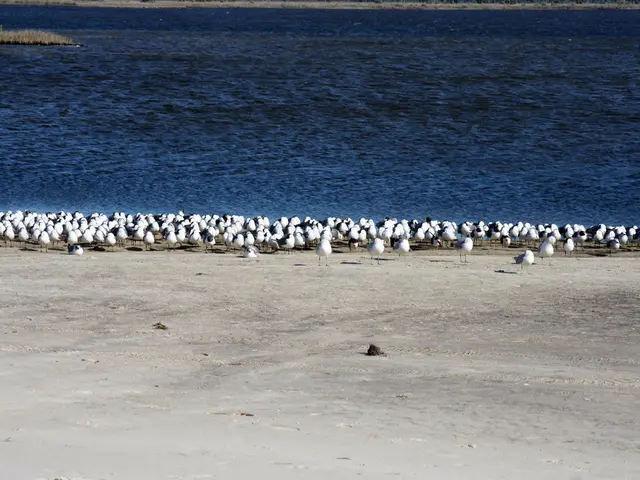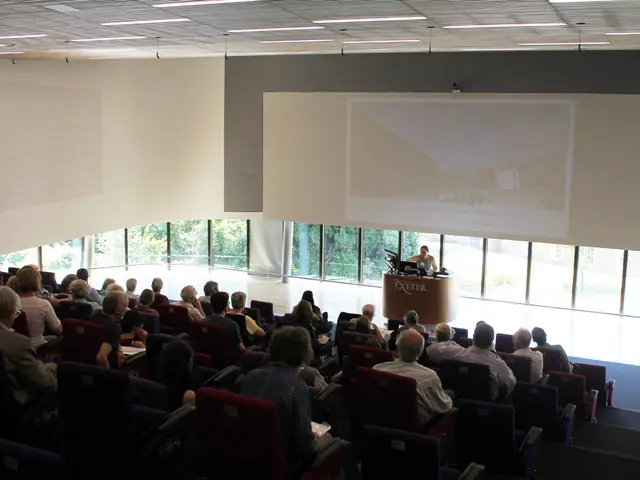Ancient charm harmonizes with contemporary appeal: Side showcases as a blueprint for eco-friendly tourism
In the heart of Turkey's southern province of Antalya, the ancient city of Side is undergoing a remarkable transformation. With no budgetary constraints for cultural projects, this historic city is rapidly revitalising many of its ancient structures, becoming one of the leading "Heritage for the Future" initiatives in the country.
Side, built on a peninsula and once a significant harbour city in ancient Pamphylia, is now evolving into a sustainable tourism model. It offers a contemporary visitor experience while highlighting its archaeological richness.
One of the most notable achievements is the restoration of the ancient theatre, aiming to boost the local economy and enhance the visitor experience. Seen from land or sea, the illuminated city of Side transforms into a breathtaking sight, with the illuminated ruins of the grand theatre, agora, thermal baths, ancient harbour, and temples creating an unforgettable atmosphere, especially for those avoiding the heat of the day.
The symbolic Temple of Apollo and Temple of Athena have been restored and are now lit and accessible to the public. The Side Archaeology Museum, one of Turkey's first museums, established in 1969, has been restored and is now open for night visits. A new visitor reception center has also been completed.
Future projects in Side include the completion of the restoration of the ancient theatre by next year, aimed at hosting cultural and artistic events. Additionally, restoration work on the monumental fountain is actively ongoing.
The development emphasises sustainable tourism, blending preservation with modern visitor facilities, supported fully by the Ministry of Culture and Tourism. Further enhancements involve the broadening of archaeological excavation zones, improving visitor facilities, and expanding the site's international visibility by offering multi-language support, including Chinese and Russian. There is also an increasing integration of technology and artificial intelligence in archaeological work at Side to advance research and conservation efforts.
In summary, the key future projects are: - Completion of the ancient theatre restoration (expected next year) for cultural events - Ongoing restoration of the monumental fountain - Continued archaeological excavation expansion and enhanced visitor experience - Use of advanced technology in archaeology - Support for sustainable tourism development, maintaining Side's historical character while modernising facilities
As Side continues to shine, it invites visitors to step back in time and immerse themselves in its rich history, all while enjoying the comforts of a modern tourist destination.
[1] Ministry of Culture and Tourism, Turkey. (n.d.). Side. Retrieved from https://www.kultur-turizm.gov.tr/en-US/Culture/Cultural-Heritage/Monuments/Side
[2] Side Archaeology Museum. (n.d.). Retrieved from https://www.kultur.gov.tr/en-US/Culture/Museums/Side-Archaeology-Museum
[4] Gunes, S. (2021, September 20). Side's ancient theatre to host cultural events next year. Anadolu Agency. Retrieved from https://www.aa.com.tr/en/turkey/sides-ancient-theatre-to-host-cultural-events-next-year/2117949
[5] Ministry of Culture and Tourism, Turkey. (2021, October 1). Sustainable Tourism in Turkey. Retrieved from https://www.kultur-turizm.gov.tr/en-US/Culture/Culture-and-Tourism-Policy/Sustainable-Tourism
- The revitalized Side, located in Turkey's Antalya province, is not only preserving its ancient structures but also adopting sustainable tourism to offer a unique blend of history and modern comfort for visitors.
- As part of the Ministry of Culture and Tourism's efforts in Turkey, the Side Archaeology Museum, opened in 1969, has undergone restoration and now remains open for night visits, showcasing the rich archaeological finds of the region.
- Moving forward, Side aims to solidify its position as a leading sustainable tourism destination, with future projects including the completion of the restoration of the ancient theatre, ongoing restoration of the monumental fountain, and the innovative use of technology in archaeology to promote the site's international visibility.




